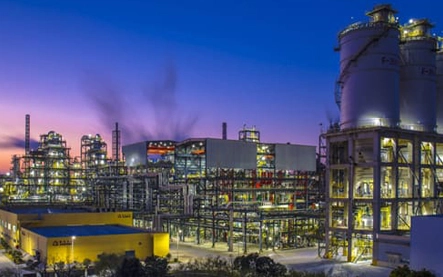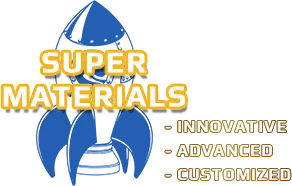

Tyre cord material plays a pivotal role in enhancing the strength and durability of automobile tires. Comprising multiple layers of rubber-bonded cords, it significantly influences tire performance and lifespan. The technological advancements in tyre cord materials have revolutionized the automotive industry, leading to the development of innovative solutions that address the evolving demands of modern vehicles.
The evolution of tyre cord material has witnessed significant breakthroughs in terms of composition and performance attributes. Initially manufactured using conventional materials such as nylon and polyester, tyre cord material now encompasses a diverse range of advanced fibers, including aramid, PEN, and high-modulus polyester.
Nylon
Nylon, characterized by its low modulus and high shrinkage rate, was traditionally used in tyre cord material. However, the suscepibility of nylon tire cord fabric to creep deformation limited its application in high-performance tires. To mitigate this issue, advancements such as DuPont's Hyten low-density nylon 66 have been introduced, featuring improved dimensional stability and reduced shrinkage.
Polyester
High modulus low shrinkage (HMLS) polyester, also known as dimensionally stable polyester (DSP), has emerged as a preferred choice for rigid automotive tires. Despite superior stability and strength of the polyester tire cord fabric, HMLS polyester exhibits thermal degradation at elevated temperatures, making it less suitable for heavy-duty tires. Ongoing research aims to enhance its thermal stability and modulus to broaden its application scope.
Polyethylene Naphthalate (PEN)
Polyethylene naphthalate (PEN), a synthetic fiber developed by Allied Signal, offers superior strength, dimensional stability, and heat resistance compared to traditional polyester. PEN-based tyre cord materials enable the production of high-speed, high-performance tires, albeit its commercialization in domestic markets remains limited.
Viscose Rayon
Viscose rayon stands out for its exceptional thermal stability and dimensional consistency, making it an ideal choice for high-speed tire applications. Despite its higher manufacturing costs and environmental concerns associated with wastewater discharge, viscose rayon continues to be utilized in premium automotive tires for its unparalleled performance characteristics.
Aramid
Aramid fibers, renowned for their exceptional strength-to-weight ratio and temperature resistance, have revolutionized tyre cord material technology. Blending aramid with nylon or polyester enhances the tire's compression resistance, fatigue performance, and overall lifespan, albeit at a higher production cost.
The ongoing advancements in tyre cord material technology underscore its critical role in shaping the future of automotive tires. By leveraging innovative fibers and manufacturing techniques, manufacturers can develop tires that deliver optimal performance, durability, and safety across diverse driving conditions. As the automotive industry continues to evolve, tyre cord material will remain at the forefront of innovation, driving advancements in tire design and performance.
We Value Your Privacy.
Our website uses cookies to improve your experience. By clicking "Accept All Cookies", you agree to the storing of cookies on your device to enhance site navigation, analyze site usage, and assist in our marketing efforts.
 English
English 日本語
日本語 한국어
한국어 français
français Deutsch
Deutsch Español
Español italiano
italiano русский
русский português
português العربية
العربية tiếng việt
tiếng việt





